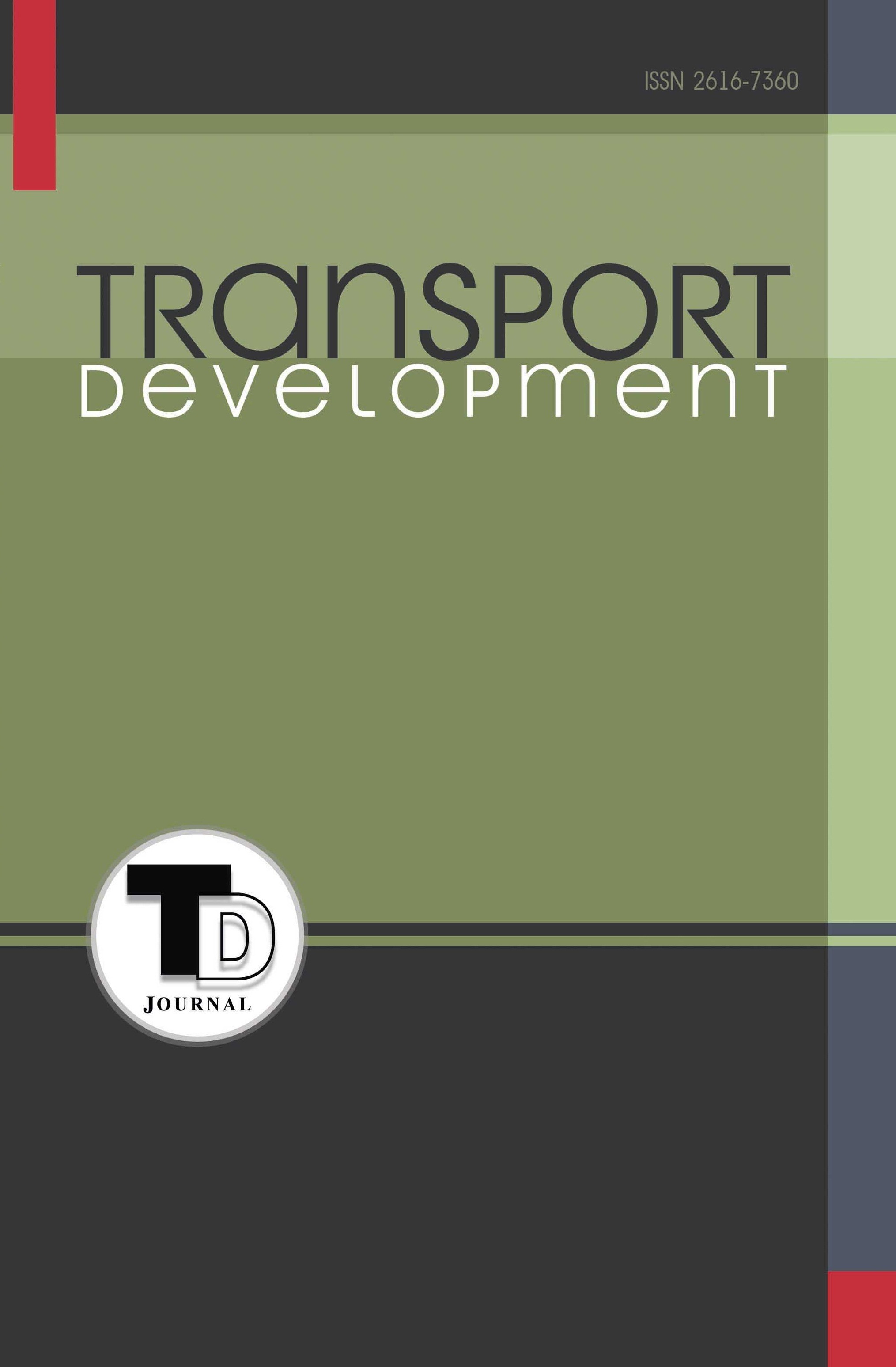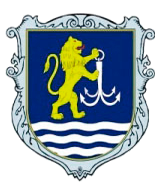IMPROVEMENT OF THE FUEL COMBUSTION MODEL IN A DIGITAL TWIN APPLICATION FOR DIESEL ENGINES
Abstract
Introduction. The application of digital twins represents a promising solution for enhancing the efficiency of marine power installations, particularly their vital components – marine internal combustion engines (ICE). A digital twin, implemented on a dedicated server or as part of an engine monitoring system, is employed for automated data processing from sensors installed on the engine. It accumulates statistics, determines the current technical condition of the engine, assesses its operational efficiency, identifies potential malfunctions, and produces decision-making regarding modifications to operational programs. The key element of the digital twin is the mathematical model of the operating cycle of a marine diesel engine. This work focuses on a specific aspect of the performance type digital twin application developed for monitoring the technical condition and diagnosing faults in marine ICMEs, specifically addressing the synthesis of heat release characteristics within the engine cylinder. Purpose. The purpose of this study is to increase capabilities of the fuel combustion model applied for synthesizing heat release characteristics by considering the variable mean droplet diameter of the fuel spray during the injection process. This is crucial as the spray atomization conditions deteriorate at the beginning and end of the injection process. Results. As a result of the research, the mechanism of how the mean droplet diameter influences the interrelated processes of fuel evaporation and combustion is revealed. It is demonstrated that accounting for the variable nature of spray atomization significantly affects both the heat release processes and the formation of harmful substances. Conclusions. As the conclusion, incorporating the variable mean droplet diameter throughout the injection process allows for a more accurate representation of real operating processes, enhancing the adjustability and adaptability of the digital twin. However, complete utilizing the additional capabilities of the model requires the evaluation or measurement of fuel injection characteristics during engine operation, marking a prospect for future research.
Downloads
References
2. S. Evans, C. Savian, A. Burns and C. Cooper. Digital Twins for the Built Environment: An Introduction to the Opportunities. Built Environmental News. 2019. URL: https://www.theiet.org/media/8762/digital-twins-for-the-built-environment.pdf.
3. D. Botín-Sanabria, A.-S. Mihaita, R. Peimbert-García, M. Ramírez-Moreno, R. Ramírez-Mendoza and J. Lozoya-Santos. Digital Twin Technology Challenges and Applications: A Comprehensive Review. Remote Sensing. 2022, vol. 14 (6), № 1335, https://doi.org/10.3390/rs14061335.
4. M. Singh, E. Fuenmayor, E. Hinchy, Y. Qiao, N. Murray and D. Devine. Digital Twin: Origin to Future. Appl. Syst. Innov. 2021, vol. 4, № 36. https://doi.org/10.3390/asi4020036.
5. L. Li, S. Aslam, A. Wileman and S. Perinpanayagam. Digital Twin in Aerospace Industry: A Gentle Introduction. IEEE Access. 2022, vol. 10, pp. 9543–9562. https://doi.org/10.1109/ACCESS.2021.3136458.
6. M. Xia, H. Shao, D. Williams, S. Lu, L. Shu and C.W. de Silva. Intelligent fault diagnosis of machinery using digital twin-assisted deep transfer learning. Reliability Engineering & System Safety. 2021, vol. 215. https://doi.org/10.1016/j.ress.2021.107938.
7. S. Choi, J. Woo, J. Kim and J. Lee. Digital Twin-Based Integrated Monitoring System: Korean Application Cases. Sensors. 2022, vol. 22, № 5450, https://doi.org/10.3390/s22145450.
8. D. Zhong, Z. Xia, Y. Zhu and J. Duan. Overview of predictive maintenance based on digital twin technology. Heliyon. 2023, vol. 9, № 4, https://doi.org/10.1016/j.heliyon.2023.e14534.
9. A.T. Hoang, A.M. Foley, S. Nižetić, Z. Huang, H.C. Ong, A.I. Ölçer, V.V. Pham and X.P. Nguyen. Energy-related approach for reduction of CO2 emissions: A critical strategy on the port-to-ship pathway. Journal of Cleaner Production. 2022, vol. 355, https://doi.org/10.1016/j.jclepro.2022.131772.
10. O. Melnyk, O. Sagaydak, O. Shumylo and O. Lohinov. Modern Aspects of Ship Ballast Water Management and Measures to Enhance the Ecological Safety of Shipping. Studies in Systems, Decision and Control Systems, Decision and Control in Energy V. Springer ed. 2023, vol. 481, Cham, https://doi.org/10.1007/978-3-031-35088-7_39.
11. O. Onishchenko, A. Bukaros, O. Melnyk, V. Yarovenko, A. Voloshyn and O. Lohinov. Ship Refrigeration System Operating Cycle Efficiency Assessment and Identification of Ways to Reduce Energy Consumption of Maritime Transport. Studies in Systems, Decision and Control Systems, Decision and Control in Energy V. 2023, vol 481. Springer, Cham. https://doi.org/10.1007/978-3-031-35088-7_36.
12. S. Hautala, M. Mikulski, E. Söderäng, X. Storm and S. Niemi. Toward a digital twin of a mid-speed marine engine: From detailed 1D engine model to real-time implementation on a target platform. International Journal of Engine Research. 2022, https://doi.org/10.1177/14680874221106168.
13. S. Stoumpos, G. Theotokatos, C. Mavrelos and E. Boulougouris. Towards Marine Dual Fuel Engines Digital Twins – Integrated Modelling of Thermodynamic Processes and Control System Functions. J. Mar. Sci. Eng. 2020, vol. 8, № 3 (200), https://doi.org/10.3390/jmse8030200.
14. I. Asimakopoulos, L. Avendaño-Valencia, M. Lützen and N. Rytter. Datadriven condition monitoring of two-stroke marine diesel engine piston rings with machine learning. Ships and Offshore Structures. 2023, https://doi.org/10.1080/17445302.2023.2237302.
15. O. Bondarenko and T. Fukuda. Development of a diesel engine’s digital twin for predicting propulsion system dynamics. Energy. 2020, vol. 196, https://doi.org/10.1016/j.energy.2020.117126.
16. R. Varbanets, O. Fomin, V. Píštěk, V. Klymenko, D. Minchev, A. Khrulev, V. Zalozh and P. Kučera. Acoustic method for estimation of marine lowspeed engine turbocharger parameters. Journal of Marine Science and Engineering. 2021, vol. 3, № 9, https://doi.org/10.3390/jmse9030321.
17. R. Varbanets, O. Shumylo, A. Marchenko, D. Minchev, V. Kyrnats, V. Zalozh, N. Aleksandrovska, R. Brusnyk and K. Volovyk. Concept of vibroacoustic diagnostics of the fuel injection and electronic cylinder lubrication systems of marine diesel engines. Polish Maritime Research. 2022, vol. 29, № 4, pp. 88–96, https://doi.org/10.2478/pomr-2022-0046.
18. S. Neumann, R. Varbanets, D. Minchev, V. Malchevsky and V. Zalozh. Vibrodiagnostics of marine diesel engines in IMES GmbH systems. Ships and Offshore Structures. 2022, https://doi.org/10.1080/17445302.2022.2128558.
19. O. Yeryganov and R. Varbanets. Features of the fastest pressure growth point during compression stroke. Diagnostyka. 2018, vol. 19, № 2, pp. 71–76, https://doi.org/10.29354/diag/89729.
20. D. Minchev, R. Varbanets, N. Alexandrovskaya and L. Pisintsaly. Marine diesel engines operating cycle simulation for diagnostics issues. Acta Polytechnica. 2021, vol. 61, № 3, pp. 428–440, https://doi.org/10.14311/ap.2021.61.0435.
21. D. Minchev, O. Gogorenko, R. Varbanets, Y. Moshentsev, V. Píštěk, P. Kučera, O. Shumylo and V. Kyrnats. Prediction of centrifugal compressor instabilities for internal combustion engines operating cycle simulation. Proceedings of the Institution of Mechanical Engineers, Part D: Journal of Automobile Engineering. 2023, vol. 237, № № 2–3, pp. 572–584, https://doi.org/10.1177/09544070221075419.
22. Н.Ф. Разлейцев, Моделирование и оптимизация процесса сгорания в дизелях, Харьков : Вища школа, 1980, с. 169.
23. Двигуни внутрішнього згоряння : Серія підручників у 6 томах. Т. 5. Екологізація ДВЗ. [текст] / за ред. А.П. Марченка, А.Ф. Шеховцова. Харків : Видавн. центр НТУ «ХПІ», 2004. 466 с.
24. L. Grekhov, K. Mahkamov and A. Kuleshov. Optimization of Mixture Formation and Combustion in Two-Stroke OP Engine Using Innovative Diesel Spray Combustion Model and Fuel System Simulation Software. SAE. 2015, 2015-01-1859, https://doi.org/10.4271/2015-01-1859.
25. A. Kuleshov, K. Mahkamov, A. Kozlov and Y. Fadeev. Simulation of dualfuel diesel combustion with multi-zone fuel spray combustion model. Proceedings of the ASME 2014 Internal Combustion Engine Division Fall Technical Conference. 2014, pp. 1–13, https://doi.org/10.1115/ICEF2014-5700.





